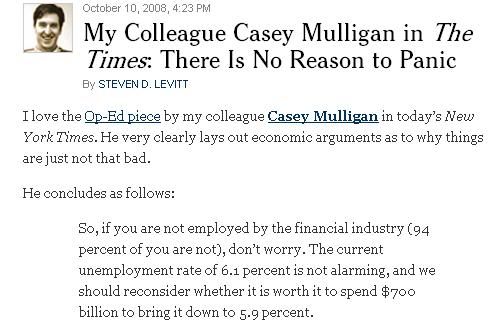There was a new paper
e-published recently in Pharmacoepidmeiology and Drug safety that used the case-crossover study design:
"Purpose
Elevated levels of phosphorus (P) and calcium (Ca) have been shown in observational studies to be associated with an increased risk of adverse clinical outcomes including mortality. Vitamin D sterols have been shown to increase the risk of hypercalcemia and hyperphosphatemia in clinical trials. We sought to explore these risks in real-world clinical practice.
Methods
We employed a case–crossover design, which eliminates confounding by non-time-varying patient characteristics by comparing, within each patient, vitamin D doses before the event with those at an earlier period. Using this method, we estimated the risk of hypercalcemic (Ca ≥ 11 g/dL) and hyperphosphatemic (P ≥ 8 g/dL) events for patients at different dose quartiles of vitamin D relative to patients not on a vitamin D sterol.
Results
There was a dose-dependent association between vitamin D dose quartile and risk of hypercalcemia or hyperphosphatemia. In adjusted analyses, each increase in vitamin D quartile was associated with a multiple of hypercalcemia risk between 1.7 and 19 times compared with those not on vitamin D and a multiple of hyperphosphatemia risk between 1.8 and 4.
Conclusion
Use of vitamin D sterols is associated with an increased risk of hypercalcemic and hyperphosphatemic events in real-world clinical practice. Other potential predictors of these events, such as phosphate binder use and dialysate Ca levels, were not examined in this analysis."
It seems to be an interesting paper but I have one concern. If you look at the discussion section of the paper, the authors note that:
In our sensitivity analysis, we used 1-month periods to assess vitamin D exposure. In this analysis, estimates of the association between vitamin D dose and risk of events were smaller than those in the primary analysis, particularly for hypercalcemia. One possible explanation for this finding is that the average 2-month exposure measure is a superior indicator, compared with the 1-month assessment, of both the dose and duration of vitamin D exposure. As well, it could be that some dose changes in the month prior to the event had already occurred in response to increasing Ca levels and that, for this reason, the dose 2 months prior to the event is a more accurate reflection of the dose that gave rise to the hypercalcemic or hyperphosphatemic event.
Another explanation that I did not see addressed is the possibility that there is a time trend occuring. If the frequency of vitamin D administration (or the dose) increased with time then you would expect to see smaller estimates in the sensitivity analysis as well. But it would be an artefact of changing exposure over time.
That being said, it was a real pleasure to read a well justified use of the case-crossover design in a medication paper. Hopefully this is a sign that there will be more use of with-in person study designs in the future in epidemiology. The ability to handle time invariant confounders is a serious advantage of this approach.


